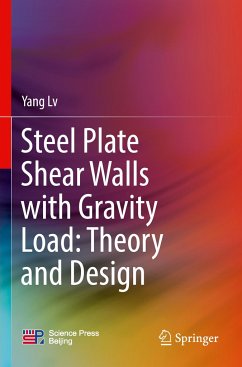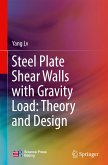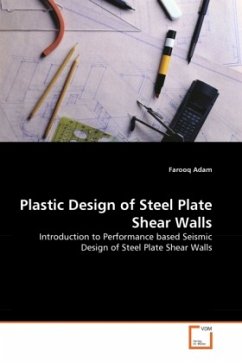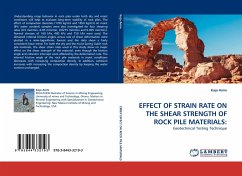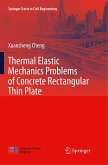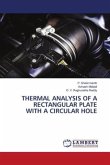This book is written by subject experts based on the recent research results in steel plate shear walls considering the gravity load effect. It establishes a vertical stress distribution of the walls under compression and in-plane bending load and an inclination angle of the tensile field strip. The stress throughout the inclined tensile strip, as we consider the effect of the vertical stress distribution, is determined using the von Mises yield criterion. The shear strength is calculated by integrating the shear stress along the width. The proposed theoretical model is verified by tests and numerical simulations. Researchers, scientists and engineers in the field of structural engineering can benefit from the book. As such, this book provides valuable knowledge, useful methods, and practical algorithms that can be considered in practical design of building structures adopting a steel shear wall system.

